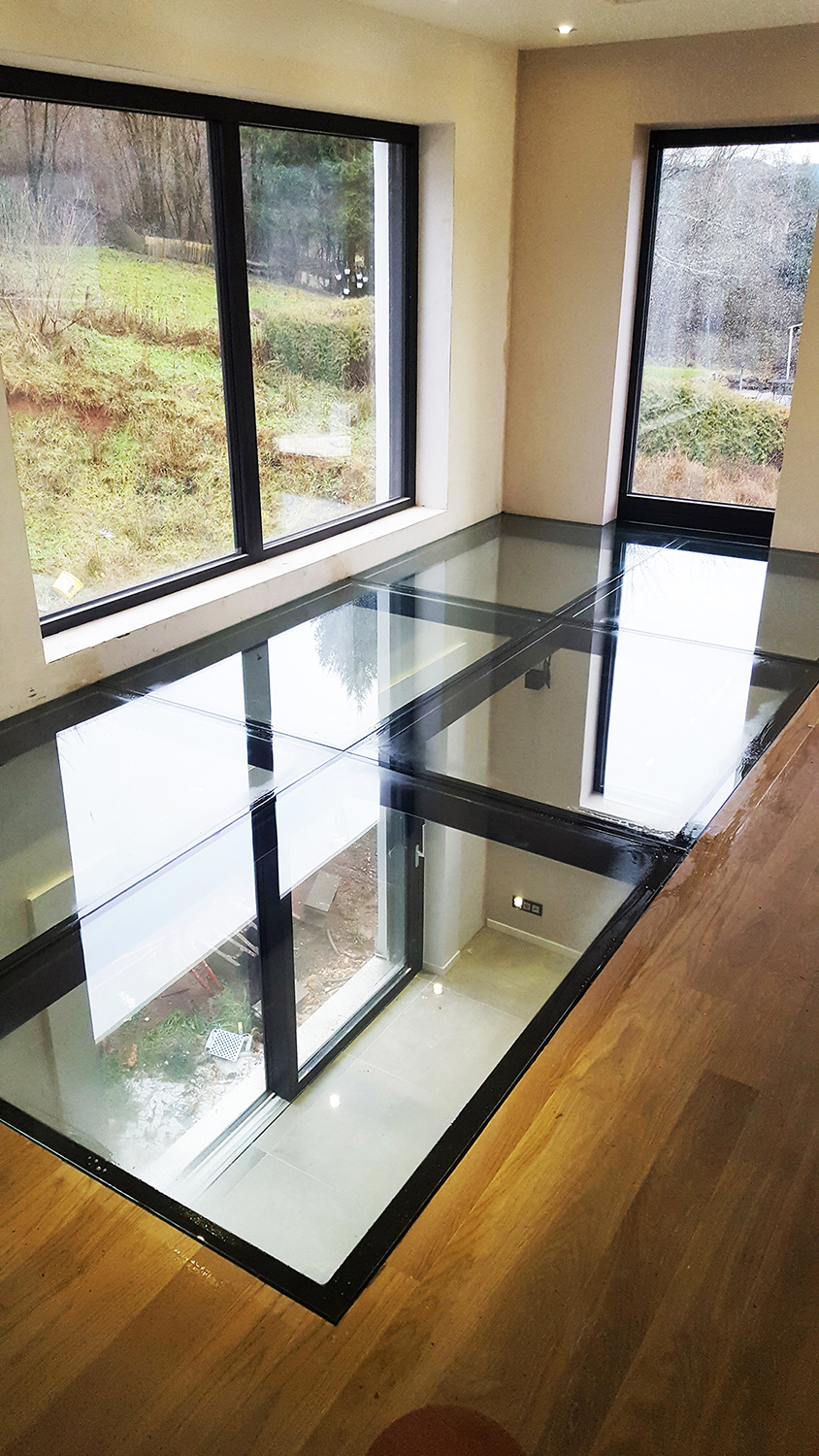
Glass floor a design and luminous solution My Laminated Glass
Not all stained-glass in older North American church buildings is created equal and dalle de verre — meaning slab of glass — is one that evokes either admiration or groans.

Dalle de Verre Glass, Worcester Methodist Church St Andrew… Flickr
What Is Dalle de Verre? Dalle de Verre is a type of stained glass window that originated in Paris in the 1930's. Jean Gaudin is the artist that's attributed with the invention of the Dalle stained glass technique. Like ordinary stained glass, Dalle de Vere uses bright colorful pieces of glass to create intricate designs and imagery. The difference?
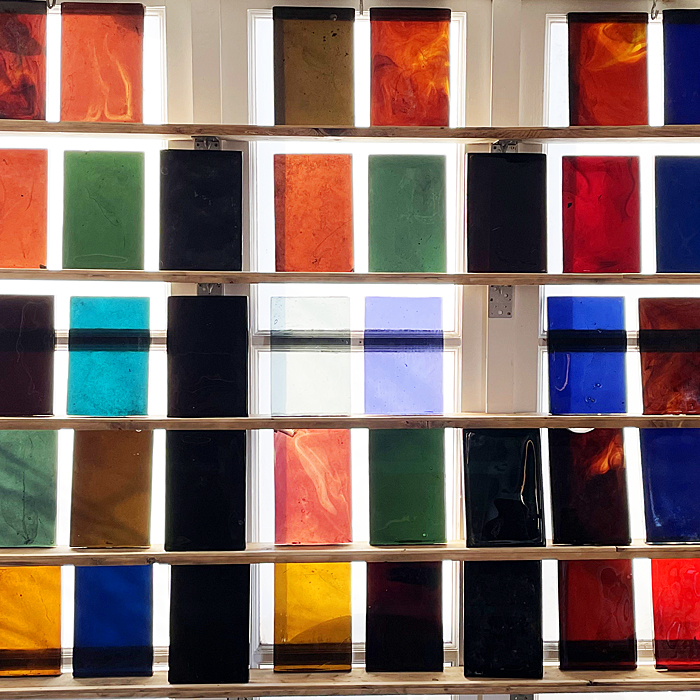
A collection of English "Dalle de Verre" stained glass blanks, LASSCO
Dalle de Verre Stained Glass In the 1950s and 60s. Dalle de Verre spread to the UK first. It was brought there by a man named Pierre Fourmaintraux. He trained another man named Dom Charles Norris in the technique, who went on to become a master of Dalle de Verre. His work can be seen incorporated into several Catholic churches still to this day.
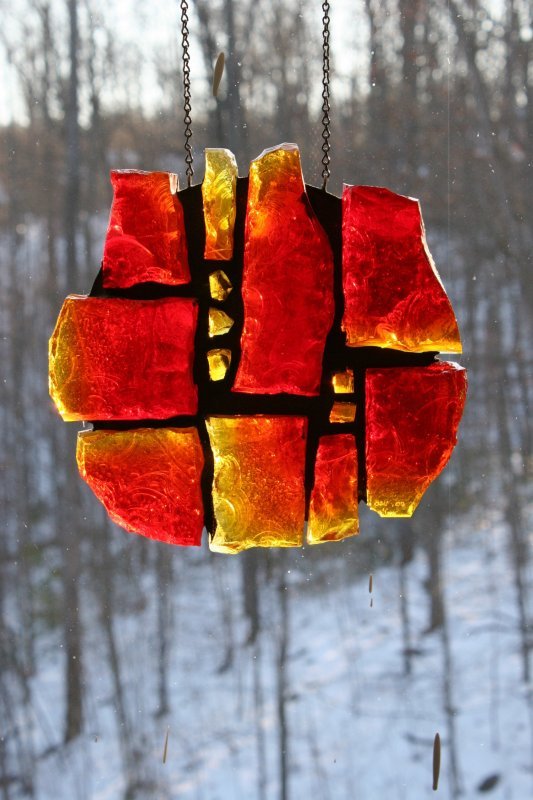
Dalle de Verre Technique Osvalds Stained Glass
"Dalle de Verre" is a French term that, directly translated, means "slabs of glass." The technique originated in the 1930's in France and was developed by Ernest Jean Gaudin, a Parisian painter and stained glass artisan best known for his mosaic compositions. In the United States, Dalle Glass reached a height in popularity in the 1960's and 1970's.
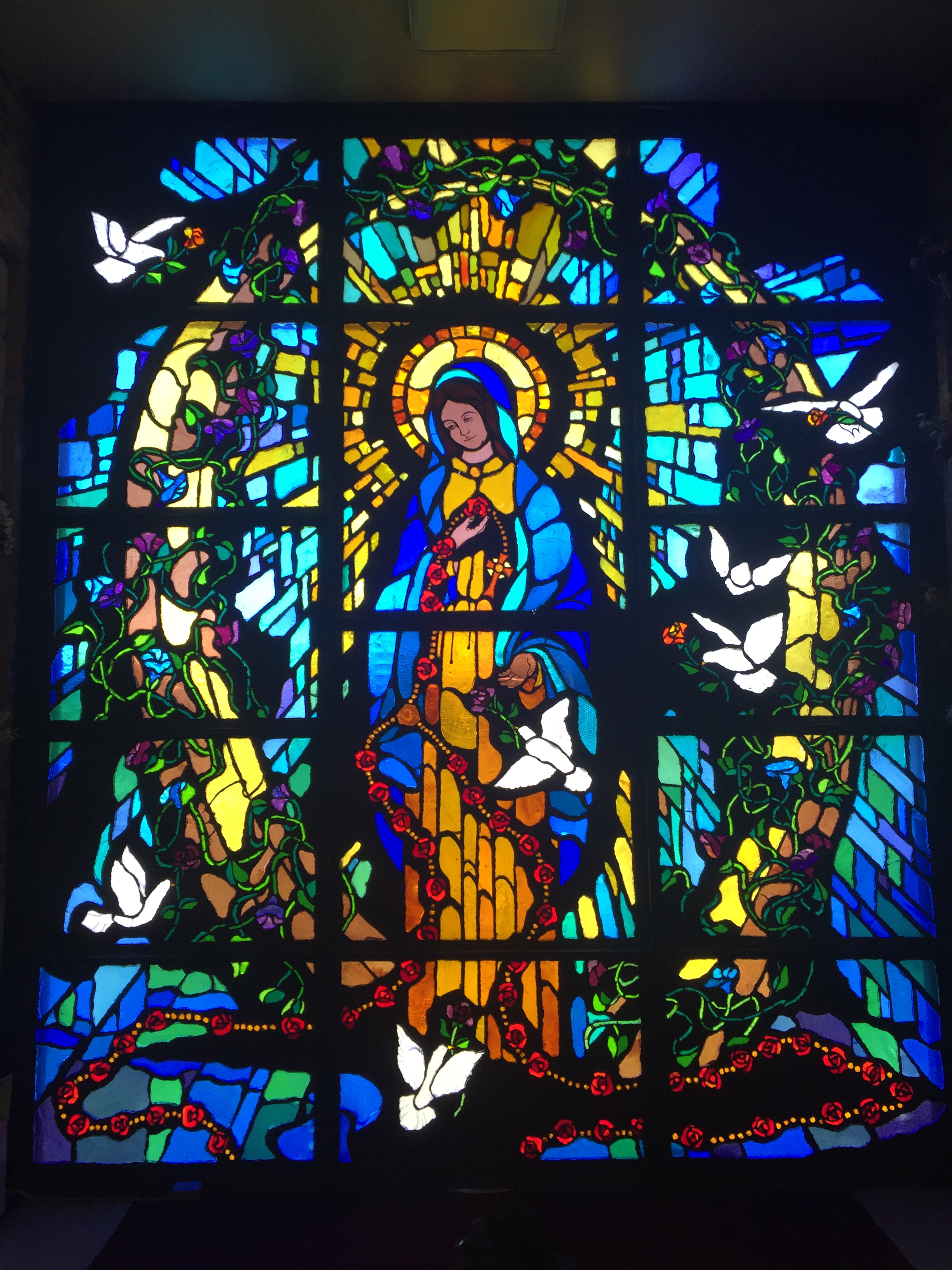
Dalle de Verre Restoration Church Stained Glass Restoration
Dalle de verre glass, also known as faceted glass or slab glass, is a specialty glass art technique. This French term translates to "glass slab," and it originated in Paris in the 1930s. Developed by Jean Gaudin, this process uses a colored glass that's set in a matrix of proprietary epoxy. The thick glass slabs are either broken or sawed.

Dalle de verre sur puit Le Conquet apmmetallerie.fr
A showcase of West Virginia tradition. Learn about our designers, special creations, use in stained glass windows and more. Exhibits include, hand tools from the past, diverse samples of earlier production and striking displays of Blenko glass used in vibrant stained, leaded and Dalle de Verre windows.

Dalle de Verre Glass studio277 Art Gallery
Dalle de Verre (from the French "slab of glass") is a technique created by the French glass artist, Jean Gaudin in Paris in the 1930s. It is made from thick slabs of colored glass cut into shapes, faceted, arranged into patterns, and fixed in position with epoxy cement Colorful slabs (dalles) of glass - about 1″ thick History of Dalle de Verre

dalle de verre Stained glass crafts, Tiffany glass art, Stained glass
Dalle de verre, or faceted glass, was first developed in the 1930s.Contrary to traditional stained glass, which is set in lead, this faceted glass was set in a cement matrix (later an epoxy). The thickness of the glass and durability of the cement necessitated a more abstract approach to the design of the stained glass windows, as well as a strong use of negative space, as opposed to fine detail.
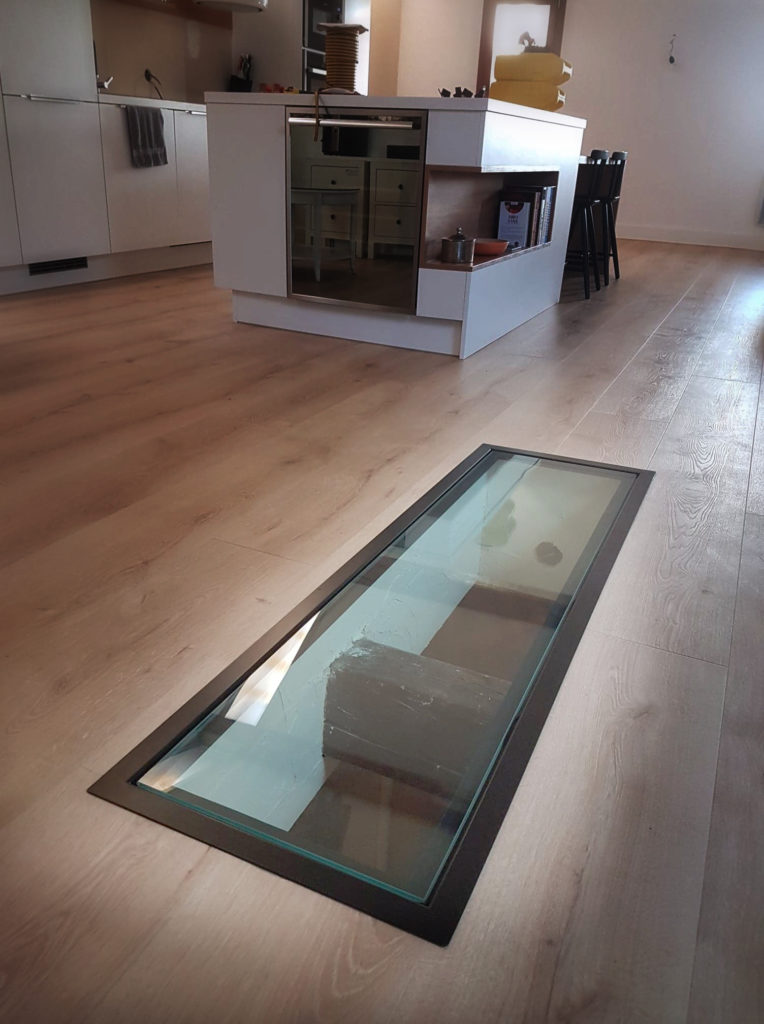
dalle de verre cuisine sur mesure métallerie Payot
Price calculators for Dalle de Verre. When evaluating the pros and cons of restoring a badly damaged Dalle de Verre panel, it is prudent to take into account the replacement cost. The cost of a Dalle de Verre panel depends crucially on the complexity of the design. That means that simple designs with few slabs per square foot are much less.
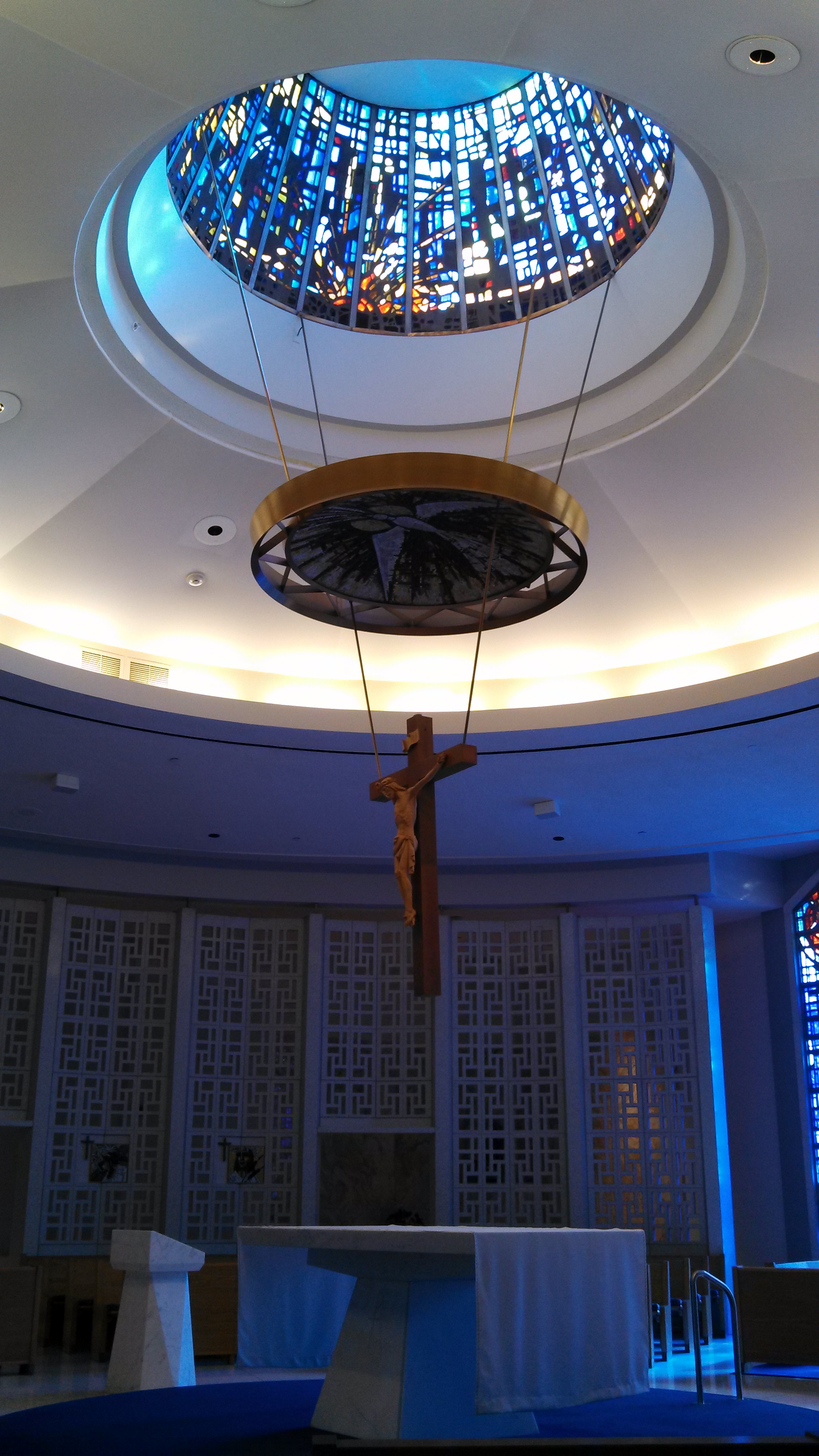
Dalle De Verre Dome CSGStudio
Dalle de Verre Dalle de Verre Dalle de verre is a French term meaning "slab of glass." Our dalle de verre come in cathedral (transparent) colors which may be cast into a variety of molds, the standard being 8" x 12" x 1". See our Dalle de Verre Color Palette.
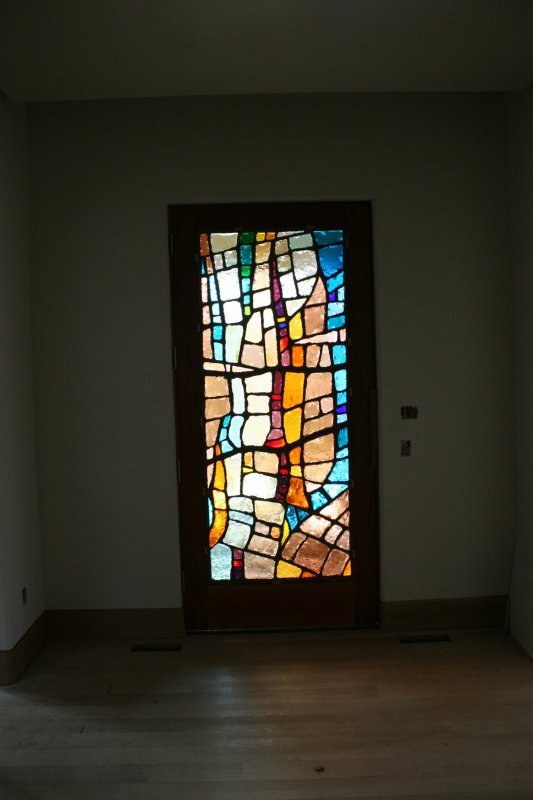
Dalle de Verre Technique Osvalds Stained Glass
Dalle de Verre is a stunning art form that is becoming increasingly rare. While it was popularized in the U.S. in the 1960s and 70s, Dalle Glass originated in France. In the 1930s, Parisian stained glass artisan Jean Gaudin developed the technique, which relies heavily on the use of thick glass slabs which are arranged into abstract designs..

Dalle de verre sur mesure Etude, fabrication et installation
A quick look at this unique lost glass art. It's not always faceted, but when it is, takes on a new brilliance! Most often seen in ugly brutalist architect.

Dalle de sol en verre plancher en verre transparent Miroiterie
Dalle de Verre from Blue Blazes Glass. The use of thick glass to make stained glass windows was revived in France in the 1920s. Most sources attribute the first piece to Auguste Labouret. Until the 1950s, the glass was held together with concrete. Concrete expands and contracts at a different rate than glass, and these windows had a tendency to.

Dalledeverre Igo Glass Recyclers Limited
Dalle de verre, also known as faceted glass, was used extensively in mid-century Modernist architecture, in part because of the ability to produce large installations in less time than traditional stained glass, but also because its visual qualities favored abstract designs and suited the aesthetics of the period.
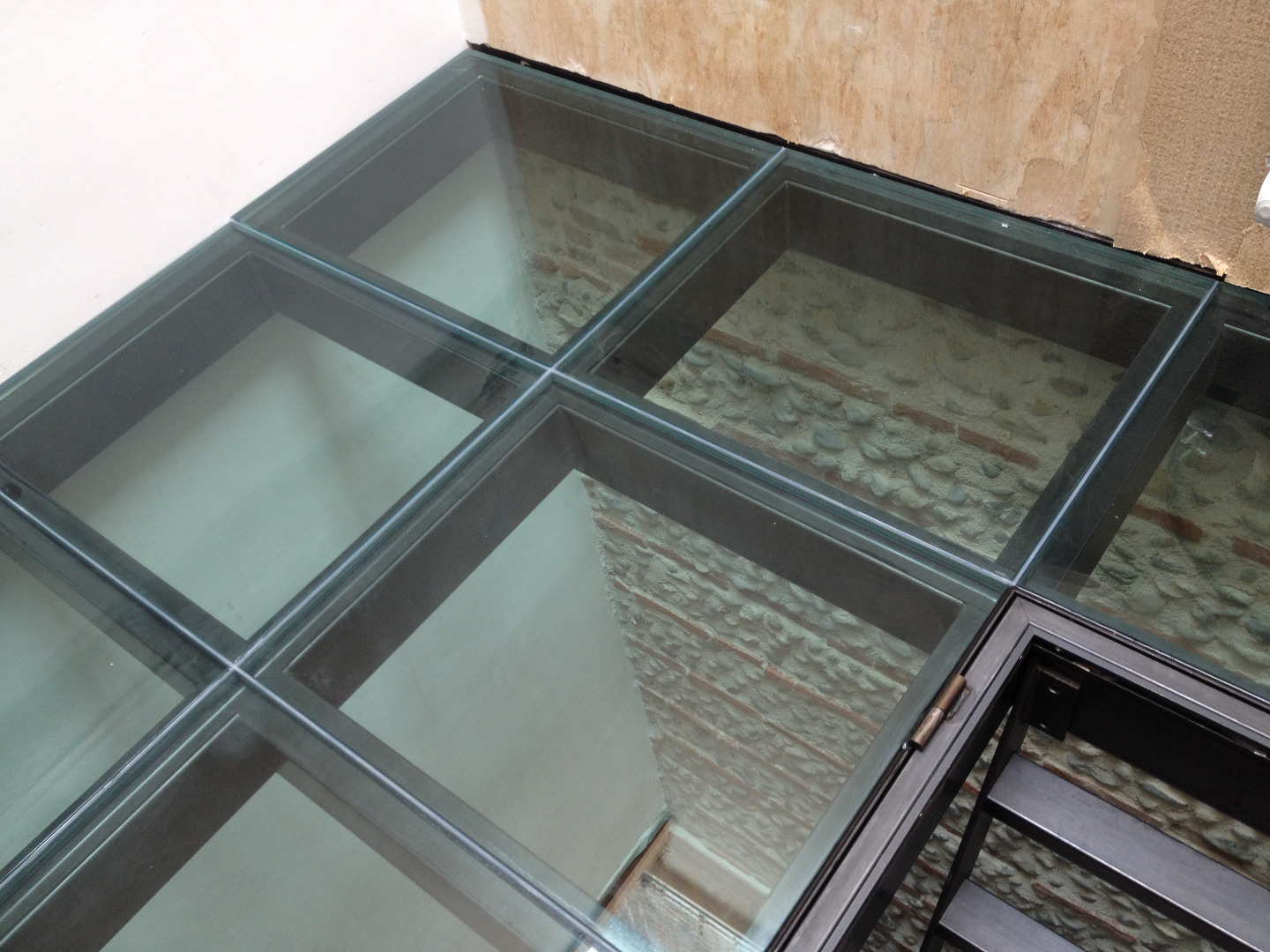
dalledeverre BH Vitrier Paris, artisan vitrerie miroiterieBH
It's the technique of sawing or breaking thick (3cm /1.2 inches) coloured slabs of glass with a hammer then chipping the edges to make a lovely refracted light on the edges. What fun! They're then cemented in place with a liquid cement, left for three weeks before being held up to the light in all their glory.
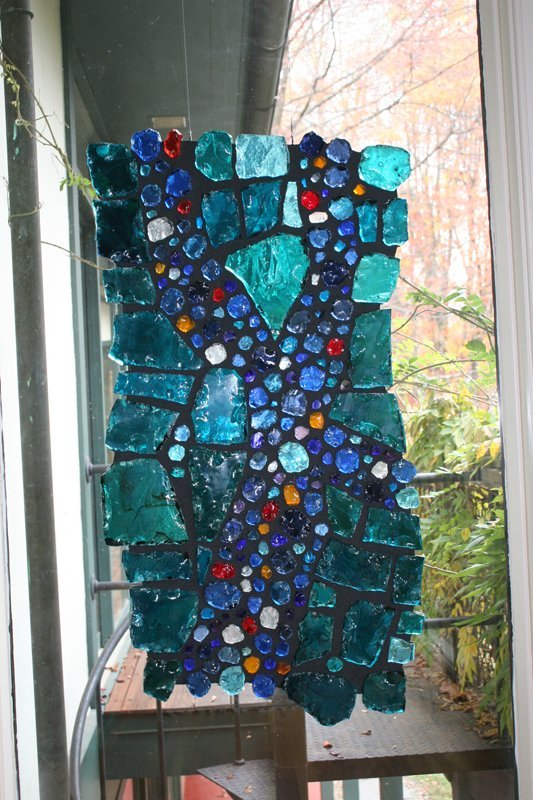
Dalle de Verre Technique Osvalds Stained Glass
The approach to a stained glass conservation or restoration project differs from that of a new glass project. It is influenced by the history of the artwork, the artistic significance, the materials used, the budget and the client's needs.